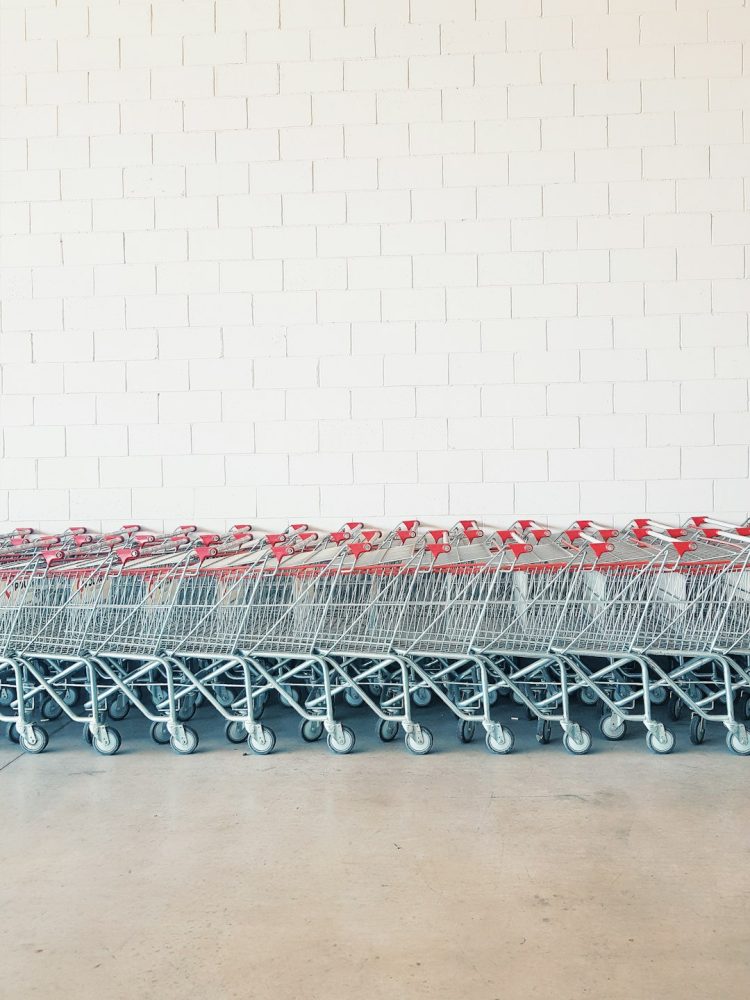Microplastics, tiny pieces of plastic less than five millimeters in size, have become a major environmental concern in recent years. These minuscule particles are found in a wide range of products, including cosmetics, clothing, and even plastic building supplies. While they may seem harmless due to their small size, the impact of microplastics on the environment is significant and far-reaching.
One of the main ways that microplastics enter the environment is through the breakdown of larger plastic products, such as plastic building supplies. These items can release tiny plastic particles into the air and water as they degrade over time. Once in the environment, microplastics can be ingested by a wide variety of marine life, including fish, birds, and even larger mammals. This can have serious consequences for the health of these animals, as microplastics can disrupt their digestive systems and lead to malnutrition and even death.
In addition to harming marine life, microplastics also have a negative impact on the environment as a whole. These tiny particles can leach harmful chemicals into the environment, polluting water sources and soil. This can have far-reaching consequences for ecosystems and human health, as these chemicals can accumulate in the food chain and ultimately end up in our bodies.
Furthermore, microplastics can also act as a vector for other pollutants, such as pesticides and heavy metals. These contaminants can attach themselves to the surface of microplastics and be transported long distances through water and air currents. This can result in the widespread distribution of harmful substances and further damage to the environment.
Despite the growing awareness of the impact of microplastics on the environment, there is still much that we do not know about these tiny particles. Research is ongoing to better understand the risks associated with microplastics and to develop strategies to mitigate their impact. In the meantime, there are steps that individuals can take to reduce their own contribution to the microplastic problem.
One way to reduce the release of microplastics into the environment is to avoid the use of products that contain them, such as plastic building supplies. Instead, people can opt for more environmentally friendly alternatives, such as biodegradable or recyclable materials. Additionally, proper disposal of plastic products can help prevent the spread of microplastics into the environment.
In conclusion, the impact of microplastics on the environment is a growing concern that requires immediate attention. By understanding the sources and consequences of microplastic pollution, we can work together to reduce our reliance on plastic products and protect the health of our planet for future generations.
************
Want to get more details?
Building Plastics Online Ltd
https://www.nuworldplastics.com/
0333 121 4801
Unit 33, Broomhouse Lane Industrial Estate, Wood View, Edlington, DN12 1EQ
Building Plastics Online Ltd stands as the premier independent stockist of plastic building supplies in the UK, earning the trust of a multitude of satisfied customers. Known for our approachable and helpful online presence, we are dedicated to delivering a remarkable customer experience. We simplify your home improvement and building endeavors with top-notch products coupled with unparalleled service.
For those in search of competitively priced plastic building supplies, available in a diverse array of exquisite finishes and designed for durability, your search ends with us. Our commitment to your total satisfaction is underscored by our Price Promise Guarantee. We ensure you get the best value by matching prices if you find the same product at a lower cost elsewhere online.













